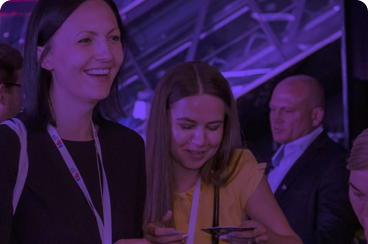Havas Denmark
ALDI Creating retail-traffic through intelligent GPS data customer mapping
Awards: Campaign Effectiveness (Gold) and Effective Use of Data (Silver)
Campaign summary
In Denmark, the distribution of flyers was poised to be taken over by one single company, creating a monopolistic situation that would inevitably translate itself into a steep price increase, calculations put the increase at 40%.
Seeing that flyer distribution was a massive operation in which Aldi was ‘’carpet flyering’’ (dropping a flyer in every household in any given neighborhood) in every city where there was an Aldi Supermaket without any regard to targeting, the 40% increase would not be sustainable.
We needed to develop a much more intelligent and cost reduced way to distribute our flyers, we needed to find a way to distribute the flyers in areas where we knew they would convert in business for ALDI, where people would read them and use them, we needed to pinpoint and target our distribution.
Moreover, we also needed to move Aldi into the 21st century with a digital flyer that would attract younger readers, reducing their dependence on printed flyers.
We used data and technology to provide insight to optimize the distribution model for printed retail flyers. This optimization would, in turn, allow us to reinvest savings into the production of a digital flyer and its subsequent promotion.
We used data and technology to provide insight to optimize the distribution model for printed retail flyers.
This strategy would allow us to intelligently reduce the distribution of leaflets in areas with low or no potential/customers, or ad new area if relevant for each of the individual shops. The idea was to match the distribution area with the actual ALDI customers, a quite unusual way to use geo data targeting.
With the savings from reducing the printed leaflets, we initiated a digital transformation for ALDI to give them an online presence
5. Results
We dropped the number of flyers being distributed from 1,227, 656 to 860,087, that is a 33% reduction.
• If we only look at it from a cost perspective, we saved ALDI a significant amount of distribution budget, 2,162,000 Euros to be exact, and without it affecting ALDI’s sales.
• The number of readers of the printed flyers increased for the first time in 4 years by 4.9%
• the number of readers of the digital version of ALDI’s leaflet increased by 24.1 pct. (9.1 pct. point above target/objective, 60 pct. above target)
Additionally, we managed to reach a totally new segment thanks to the digitalization of the flyer: a much more modern, younger, urban family segment that spends more than the traditional ALDI customer.
In this process it instantly became very clear that urban areas had a much higher performance, when being targeted with ALDI’s digital leaflet
